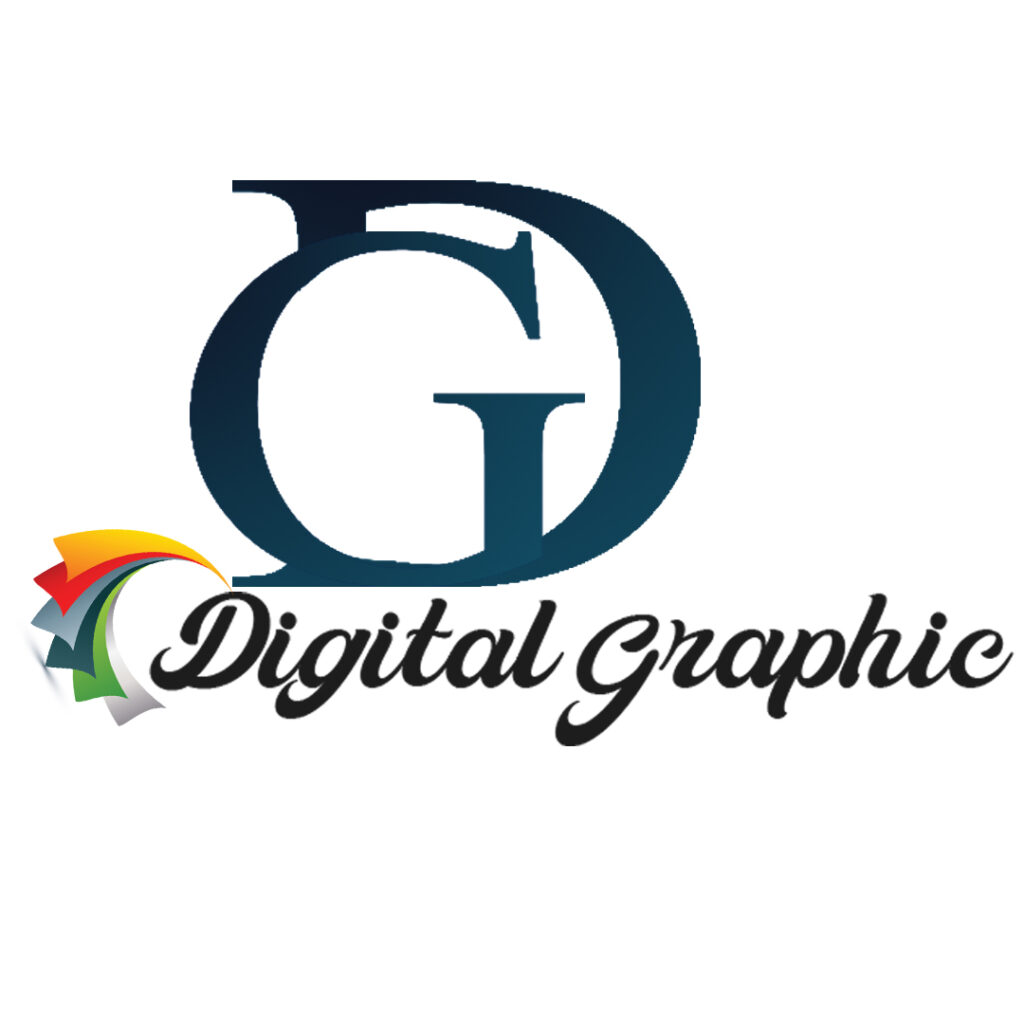What is Graphic Design?
Graphic design is the art and practice of creating visual content to communicate messages. It involves combining text, images, colors, and shapes to produce designs that inform, persuade, or entertain. The discipline spans various mediums, including print (like brochures and magazines), digital (websites and social media), and environmental graphics (signage and packaging).
Core Principles of Graphic Design
Graphic design operates on a set of core principles that guide how elements are arranged and presented. These principles include:
- Balance: This involves distributing elements evenly to create visual stability. Balance can be symmetrical or asymmetrical, depending on the desired effect.
- Contrast: By using differing colors, sizes, or shapes, contrast helps to highlight important elements and create visual interest.
- Alignment: Proper alignment ensures that elements are placed in a way that creates a cohesive and organized look.
- Repetition: Repeating design elements like colors or fonts creates consistency and reinforces brand identity.
- Proximity: Grouping related elements together helps to create a clear structure and improves readability.
The Process of Graphic Design
The process of graphic design is both creative and methodical, often involving several key stages:
- Research and Discovery: Designers begin by understanding the project’s goals, target audience, and brand identity. This stage involves gathering information and insights to inform the design approach.
- Concept Development: Based on the research, designers brainstorm and sketch initial ideas. This stage is about exploring various concepts and visual directions.
- Design Execution: Once a concept is chosen, designers use tools like Adobe Photoshop, Illustrator, or InDesign to create detailed designs. This stage involves creating layouts, selecting color schemes, and refining typography.
- Review and Refinement: Designers review the work, making adjustments and refinements based on feedback. This stage ensures that the final design aligns with the project objectives.
- Delivery: The completed design is prepared for production or publication, whether it’s for print, digital media, or other applications.
Tools of the Trade
Graphic designers use a variety of tools to bring their visions to life. Some of the most popular software includes:
- Adobe Creative Suite: Programs like Photoshop (for image editing), Illustrator (for vector graphics), and InDesign (for layout design) are industry standards.
- Sketch: A vector-based design tool primarily used for UI/UX design.
- Figma: A collaborative design tool useful for prototyping and interface design.
The Impact of Graphic Design
Graphic design is everywhere, influencing how we interact with information and brands. Effective design can:
- Enhance Communication: Clear and compelling visuals can simplify complex information and improve understanding.
- Build Brand Identity: Consistent and creative design helps establish a brand’s personality and make it memorable.
- Drive Engagement: Engaging designs capture attention and encourage interaction, whether it’s through a website, advertisement, or social media post.
Careers in Graphic Design
A career in graphic design offers diverse opportunities. Designers can work in various sectors, including:
- Advertising Agencies: Creating campaigns and promotional materials.
- Design Studios: Offering specialized design services to clients.
- Corporate In-House Teams: Developing branding and marketing materials for a specific company.
- Freelance Work: Providing design services on a project-by-project basis.
Conclusion
Graphic design is more than just arranging elements on a page; it’s about crafting visual experiences that communicate ideas and evoke emotions. Whether you’re drawn to the artistry or the strategic side of design, understanding the fundamentals of graphic design can open doors to a creative and impactful career. In our visually-driven world, graphic design remains a vital force in shaping how we see and interact with the world around us.
